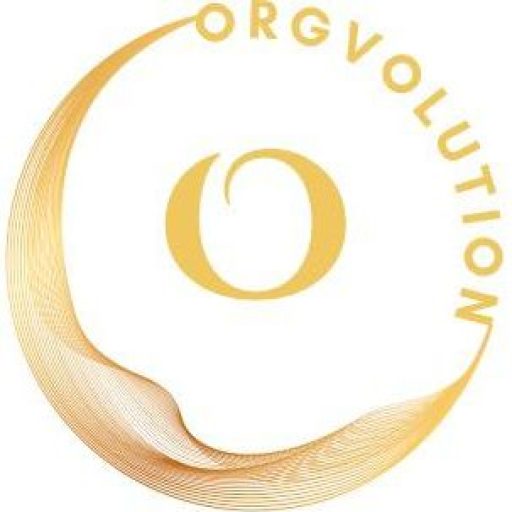In a recent workshop one participant stated: “A failure culture needs a success culture.” This inspired me to share the nuances and anti-patterns of failure culture. It is a requirement for innovation and high performance to flourish.
1) Balancing failure and success recognition
Organizations often excel at identifying failures but struggle to effectively celebrate success. Finding the right equilibrium between acknowledging normal work results and real successes is challenging. Bringing in the right level personalization without overseeing less visible successes and performances is as crucial as hitting the spot between spontaneous, emotional and systematic recognition. Celebrating success is not easy. While learning from mistakes is crucial, an exclusive focus on failures can demotivate employees.
To overcome this, organizations must establish a positive circle around appreciation and success. Recognizing and rewarding achievements creates a healthy environment, encouraging a mindset where failures are seen as steps toward success.
2) Strategic embrace of failure
Championing a failure culture is essential, but blindly celebrating failure without purpose can lead to chaos. Some organizations adopt a superficial commitment to using failures without understanding its role in innovation processes. Failure becomes a bullshit bingo word or excuse to being unprofessional.
To address this, it’s crucial to differentiate between experiments and failures based on unprofessional behavior. In an experiment we do not know the result and we want to learn. Based on a hypothesis we do something and try to learn if this will lead to an expected outcome. The key factor is that we want to learn, no matter the result. If we learned and used the learning for the next step, we have something to celebrate. In comparison we want to eliminate failure, e.g. a pilot pressing the wrong button, a doctor using the wrong instrument in a surgery. Nothing to celebrate here.
3) Align incentive system with innovation
A lot of organizations are in the need to innovate in order to surviving a highly competitive market and changing world. Very often this is a lip service and what really counts for promotion and salary raises or other signals of success are disconnected to innovation Without incentives supporting innovation, experiments lose traction.
To address this issue, roles with high innovative pressure must have incentive systems promoting learning and solution-finding. Simple alignment ensures experiments thrive in the pursuit of innovation.
Conclusion:
Effectively navigating the complexities of failure culture involves
promoting a balanced focus on success, embracing failure with purpose, redefining experiments as essential learning opportunities, and aligning incentive systems with systems with innovation. This approach fosters an environment where innovation thrives, and continuous improvement becomes inherent in the organizational DNA. Striking the right balance between success and failure isn’t just a recipe for resilience; it’s a catalyst for sustained growth and innovation.

